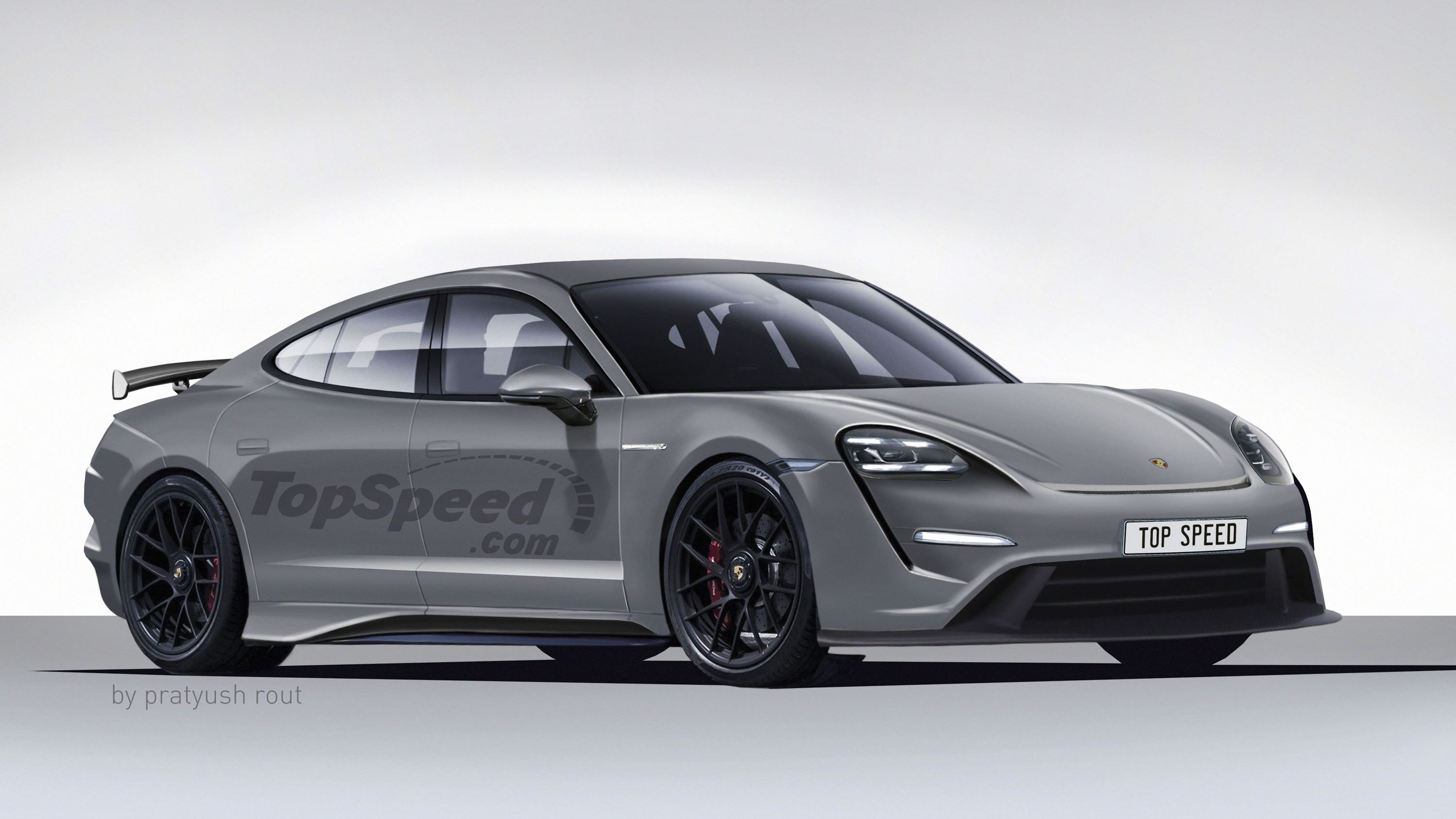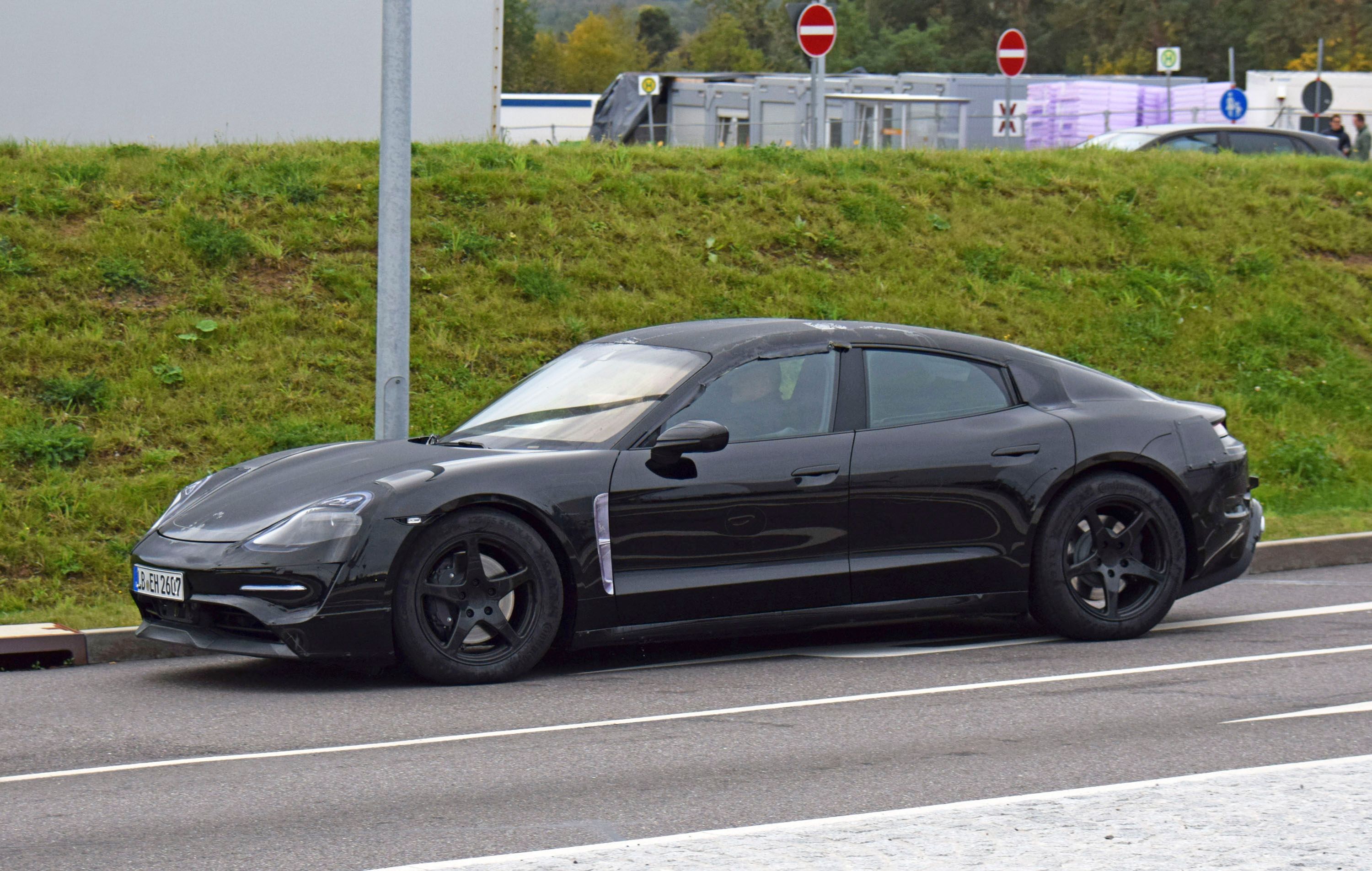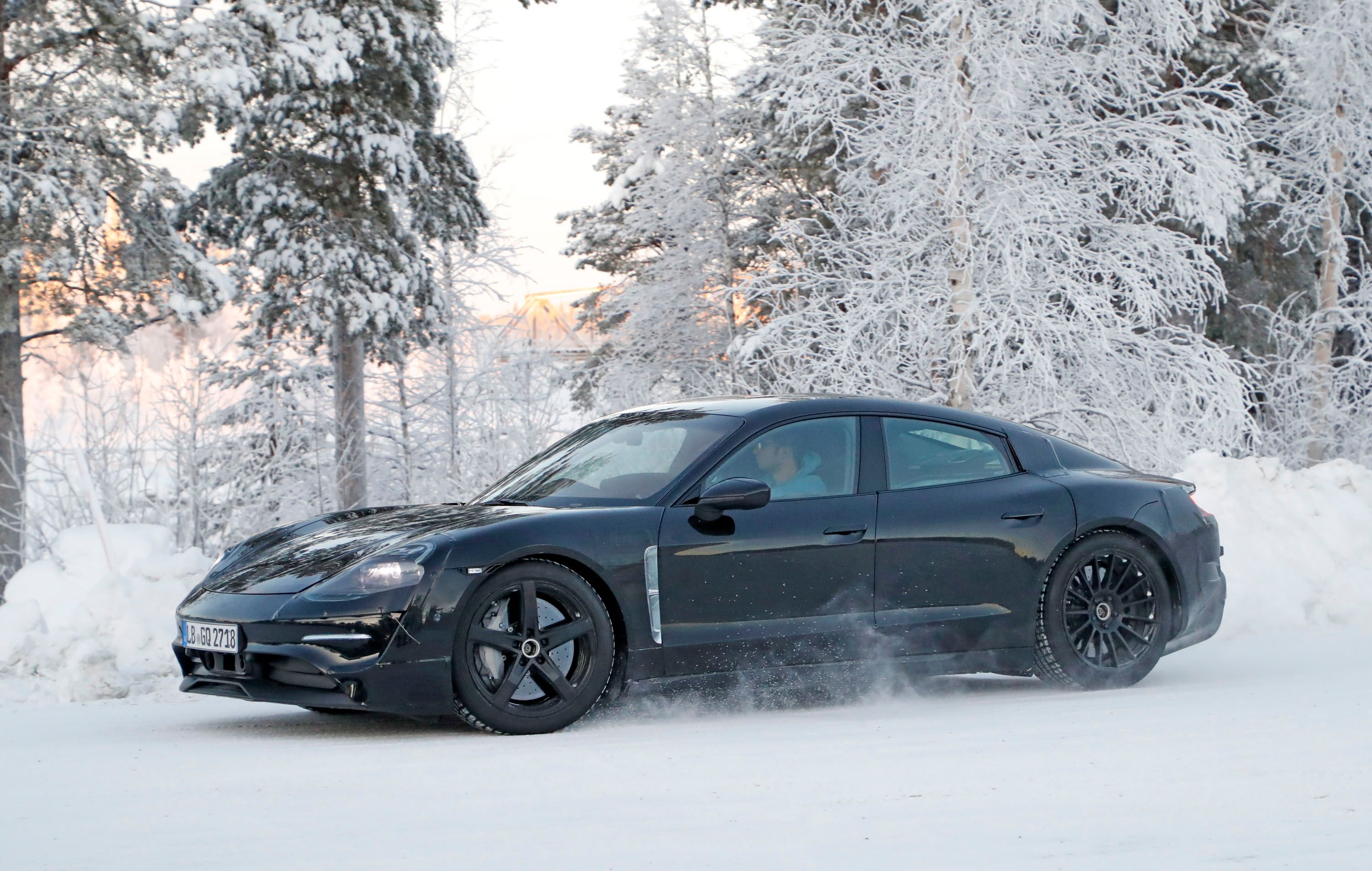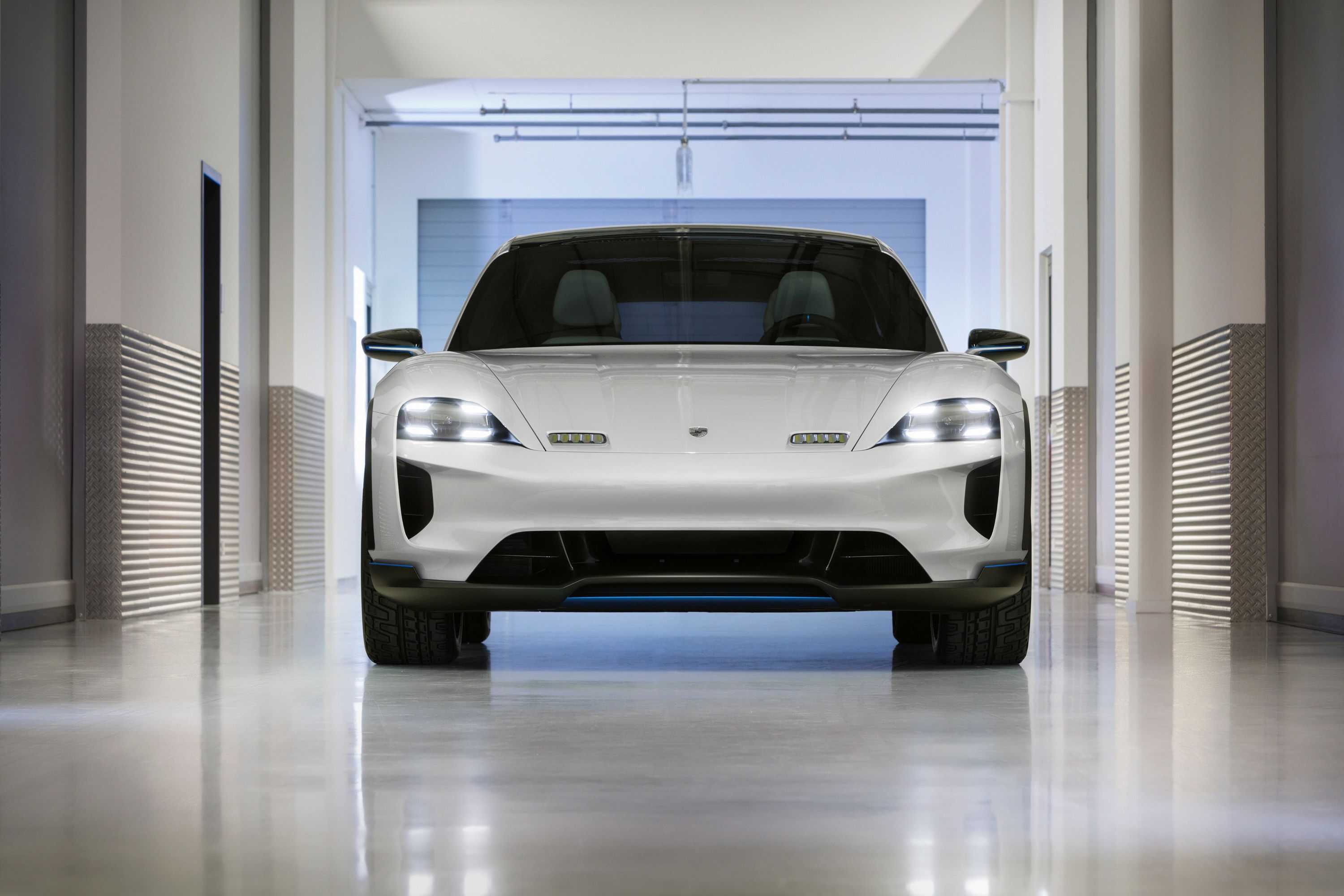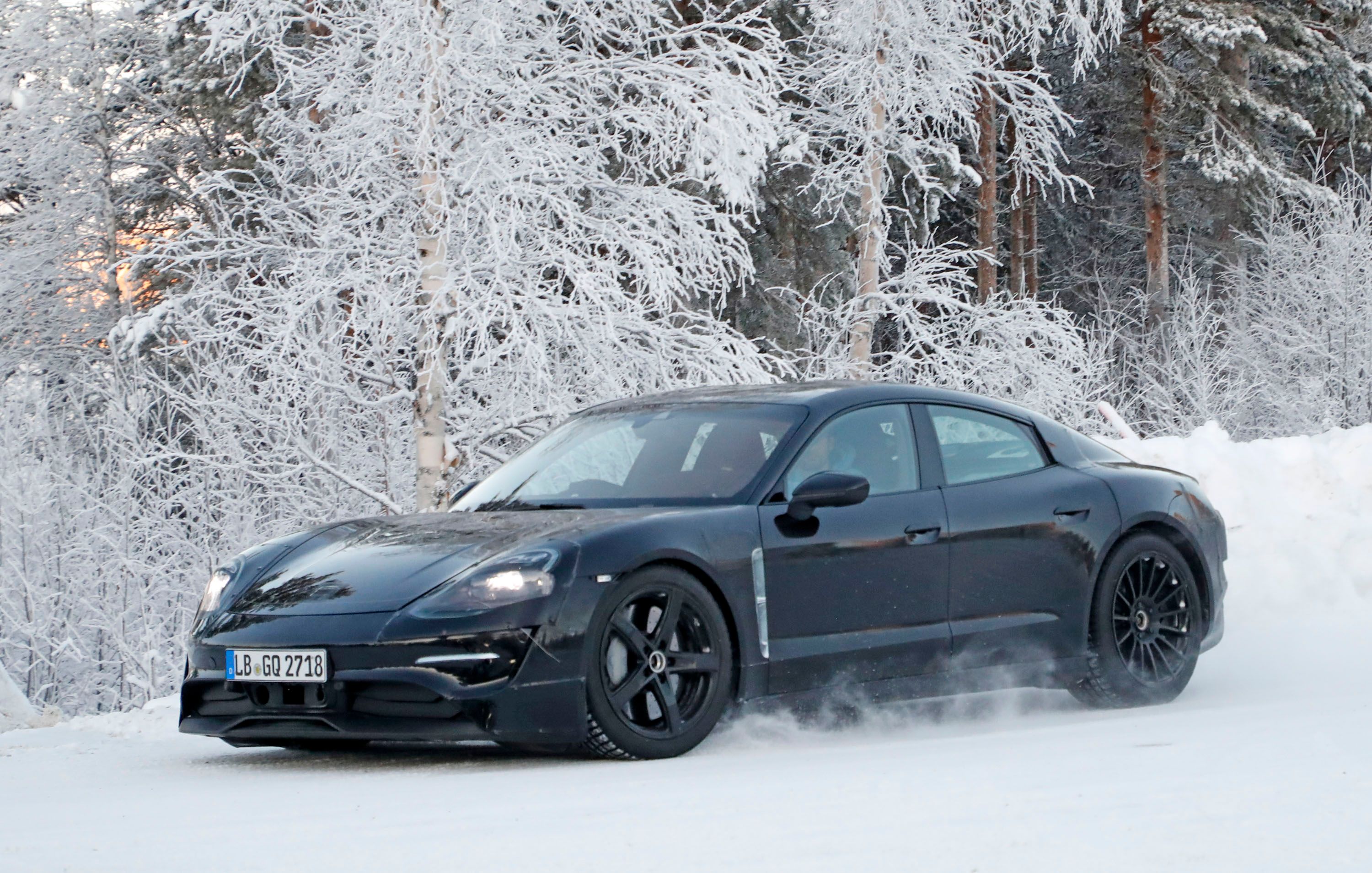Porsche is going all-hands on deck in anticipation of the arrival of the Mission E, the company's first-ever electric car. With the production version of the Mission E set to arrive next year, Porsche Cars North America is laying the groundwork to build at least 500 fast chargers at dealerships and highway locations across the U.S. by the end of 2019. The goal is to help ease potential range anxiety among Porsche owners, specifically those who buy the production version of the Mission E, as well as the automaker’s future EV models.
There’s no turning back now for Porsche. After years of planning out its electric car strategy, the first-ever Porsche EV model is set to arrive next year, followed by a second EV, one that’s based on the Mission E Cross Turismo Concept, that will hit the streets in 2020.
The importance of these two models cannot be understated. That’s a big reason why setting up these 800-volt fast chargers all over the U.S. by the end of 2019 is a big priority for the company. "If you want to buy that car, you want to know what happens if I go skiing and go further than 300 miles," Porsche Cars North America CEO Klaus Zellmer told Automotive News. "What do I do? So we need to have answers for that."
More than just the obvious need of having these fast chargers around to help recharge the car’s batteries, Zellmer added that the urgency to launch these chargers is a response to expected “psychological barriers” that new electric car owners will have with their cars. It’s especially true for those who embark on trips where the distance exceeds a car’s published driving range. Having these chargers up-and-running will help alleviate those concerns, enabling customers to enjoy their cars without having to worry about running out of juice.
That said, don’t expect the use of these chargers to come without a cost. "We are pretty certain that it's not free of charge," Zellmer said, referring to how much drivers can expect to be charged for using the chargers. He did admit that the company is still not in a position to divulge payment plans that come with the use of the chargers. "It's too early to talk about how exactly that payment process for customers will work,” he said. “There are various opportunities. You could buy a package all included for the car. It could be a membership card that you use.”
Regardless of how it ultimately sets up the costs of using the chargers, Porsche already has plans of alerting its 189 dealerships in the U.S. of the investments in infrastructure that will be required for each of the dealerships.
These investments could run in the six-digit territory, but it’s a necessary cost that dealers will have to take if they want to join in on Porsche’s grand plan to add more electric cars in its lineup in the coming years. Among the requirements include at least one fast charger at each location along with a battery buffer that will be able to store electricity from the grid. The buffer itself is not only a cheaper option than setting up a system to charge vehicles straight from the grid, but it’s also a more efficient option, thanks in part to its ability to charge as many as three cars in a row. Ultimately, Porsche wants dealerships to complete their fast-charger installations by the latter half of 2019, around the same time the automaker plans to launch the production version of the Mission E.
Whatever the cost, whatever the timetable, Porsche and its dealership network in the U.S. better be ready to finally see through with its electrification plans real soon.
References
Porsche Mission E
Read our full speculative review on the 2020 Porsche Mission E.
Read our full speculative review on the 2020 Porsche Mission E GTS.
Read our full review on the 2015 Porsche Mission E Concept.
Read our full review on the 2018 Porsche Mission E Cross Turismo Concept.
Read more Porsche news.

